
“Kids today are in a devastating emotional state! Most come to school emotionally unavailable for learning. There are many factors in our modern lifestyle that contribute to this.” ~Victoria Prooday, OT
Handwriting is a real struggle for many children. Handwriting requires hand muscles that are being developed through making art projects, doing chores, climbing on a playground, playing with blocks, play dough etc. Unfortunately, instead of engaging in these essential developmental activities, our children spend more and more time playing with gadgets.
Hand muscles necessary for handwriting are not developing while swiping device screens.
Moreover, handwriting requires self-regulation in order to maintain attention through the task. As our children’s brains get more and more accustomed to functioning under high levels of stimulation due to the high sensory input from the gadgets, activities such as handwriting are not stimulating enough to their brains. As a result, more and more children struggle with handwriting at school.
Understanding and knowing how to form letters on lines at a certain shape and size, at a certain angle, in real time and space comes through the fine motor control of the hands and arms. Handwriting naturally develops sensory skills, as they are called, by taking advantage of a child’s inability to fully control their fingers. (source)
Handwriting is not an isolated skill. It facilitates reading and math skills.
Handwriting is associated with later academic success. Moreover, there is evidence to suggest that taking notes by hand is more effective for learning than laptop note taking. Therefore, the solution is not getting rid of handwriting, but bringing it back to our children in their childhood, so that they can develop their hand muscles!
Neurologist Frank Wilson wrote in his book, The Hand: How its Use Shapes the Brain, Language, And Human Culture, “Teachers should not try to educate the mind by itself. If educators continue to do away with the disciplines that involve the hands and the body in full movement (as in active play), much of the knowledge will be poorly processed and inadequately learned.”

Is Good Handwriting Only for Girls?
You may have noticed a difference between boys and girls in terms of handwriting skills. One hypothesis is that girls simply have been socialized to spend more time with a crayon or pencil in their hands. To help our boys have better control over the pencil when writing, implement some of the following ideas.
What you can do to help your child DEVELOP MUSCLES NECESSARY for handwriting:
Play activities: stretching elastic bands and velcro, interconnecting paper clips, getting coins out of play dough and inserting into a piggy bank, attaching clothespins to clothes, picking pompoms with clothespins, popping bubble wraps, cutting play dough and cardboard with scissors, making holes with a hole puncher
Art activities: making origami, paper airplanes, scrapbooking, collages; projects with play dough and clay
Household chores: making bed, wiping tables/windows, wringing out sponges, putting clothes from a laundry machine into a dryer, opening plastic containers, helping with cooking (cutting, stirring, scooping), watering plants, helping with car washing, gardening
Outdoor activities: skipping, jumping rope, crab and bear walking, climbing on climbing walls/trees, monkey bars, playing tennis, basketball, drawing with large chalks, playing with sand toys
Paper and pencil activities: provide a daily age appropriate practice of tracing, drawing, coloring, painting. Involve children in making shopping lists, greeting cards, writing notes, keeping journals, drawing by color/number activities. Make it engaging because we want kids to LOVE printing!
Instead of a pencil, use a bunch of colored crayons and let your child write or trace a word (or his name) in a colorful layer. (source)

Find a piece of bubble wrap and write words or your child’s name on it with a permanent marker (so it won’t run). Then, let him/her pop the bubble wrap in the shape of his name. This is great kinesthetic play and many children, esp boys, learn best while they move. (source)
Sensory Letters: Write your child’s name with glue on a piece of cardboard. Pour glitter over it and let it dry completely. Then, your child can trace her name over the texture using their finger. (source)
In this digital age, do kids need to sign their name?
Yes! It absolutely does matter that they have a signature. Keep in mind that your child will be signing their name the rest of their lives. Most often, kids who learn this are taught to sign in cursive.
Cursive: Why It Should Be Taught Today & the Science Behind It
Why Handwriting is Important for Young Children
1. Children learn to read more quickly when they first learn to write by hand, because writing helps the child recognize words more than reading alone. (source: The New York Times)
2. Children who know how to write show improved early spelling skills: Spelling overlaps with both reading and writing, and writing is linked to the learning of phonics. (source: Reading Rockets)
3. Writing aids information processing: typing may be faster and more efficient than writing, but that fact could hurt the ability to process new information. (source: The New York Times) Personally, I find I can “zone out” while typing in a way that I can’t when writing by hand.
4. Writing aids listening skills: As students learn to take notes and write down key details, they inherently begin to listen to what’s important. What they hear is translated to their notes, and the notes become what could be committed to memory. As students write more, these skills improve. (source: eduguide.org)
5. Writing engages the brain in learning: Kids who physically write by hand show more adult-like brain activity. This is due to the combination of lines and strokes required to form a single written letter as opposed to hitting a single key to make a letter appear on screen. (source: The WSJ)
“I can shake off everything as I write; my sorrows disappear, my courage is reborn.” ~Anne Frank
***For the Full Spike Protein Protocol to protect from transmission from the “V” and to help those who took the “V”, go here.
Deep Roots At Home now has a PODCAST! We are covering everything from vaccines, parenting topics, alternative medicine. Head over today and like, share and download a few episodes!
I’d love to stay connected with you, and here is one way…
Censorship is real. My Pinterest account was suspended; but surprisingly part of my main board is still available through this link, and it scrolls down a long way!
You can also find me on Facebook, Gab, MeWe, X (Twitter), Instagram, and look for me on IG Stories.
And please join me for my FREE newsletter. Click here.
©2025 Deep Roots at Home • All Rights Reserved









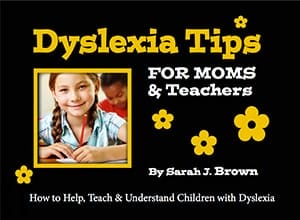
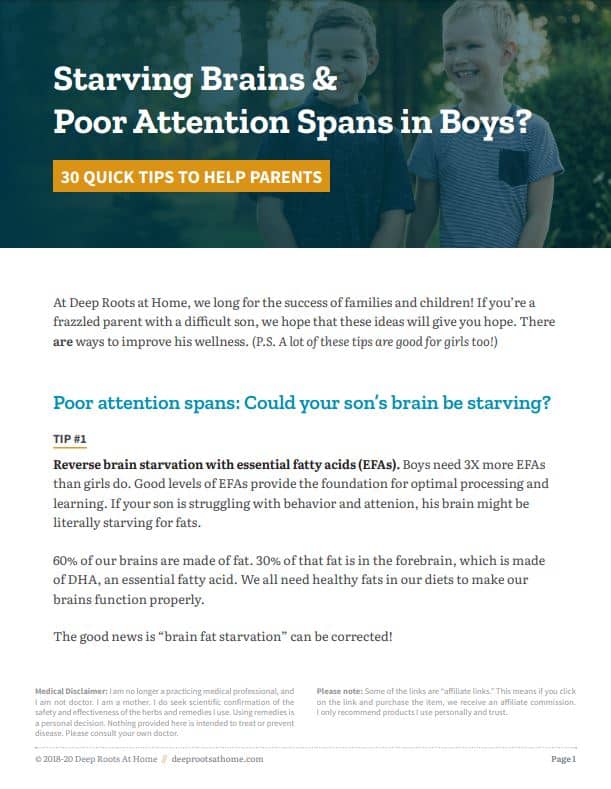


Related